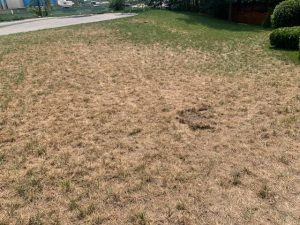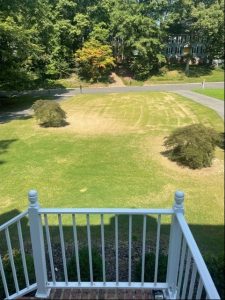By: Drs. Tom Kuhar, Alejandro Del Pozo, and Sally Taylor (Dept. of Entomology, Virginia Tech)
Recently, some VCE agents as well as golf course superintendents in the northcentral and southwestern counties of Virginia have reported fall armyworm outbreaks (Fig. 1) on lawns and golf courses. This outbreak is earlier than usual and potentially could lead to one of the heaviest pest problems that we’ve experienced from this pest in Virginia in recent years. Some lawns have completely been destroyed by these voracious feeders (Fig. 2 and 3).
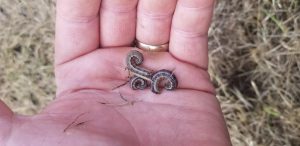
Fig. 1. Fall armyworm larvae collected from a lawn in Richmond, VA. August 26, 2021. Photo courtesy of Jeff Sacks.
It’s important to understand the biology of this polyphagus pest (Fig. 4). Fall armyworm (Spodoptera frugiperda) is a tropical moth native to warm climate areas of the western hemisphere. It cannot successfully overwinter in Virginia. However, fall armyworm moths (see Fig. 9) are strong fliers, and populations can show up throughout the eastern United States in the late summer and fall months, sometimes in very high populations like we saw most recently in 2018 in Virginia, and now in 2021. Female FAW moths can lay up to 10 egg masses (each with 100 – 200 eggs) (see Fig 4). So, huge densities of armyworms can build up from just a few egg laying moths in a field. This can completely destroy lawns or new plantings of grain cover crops.
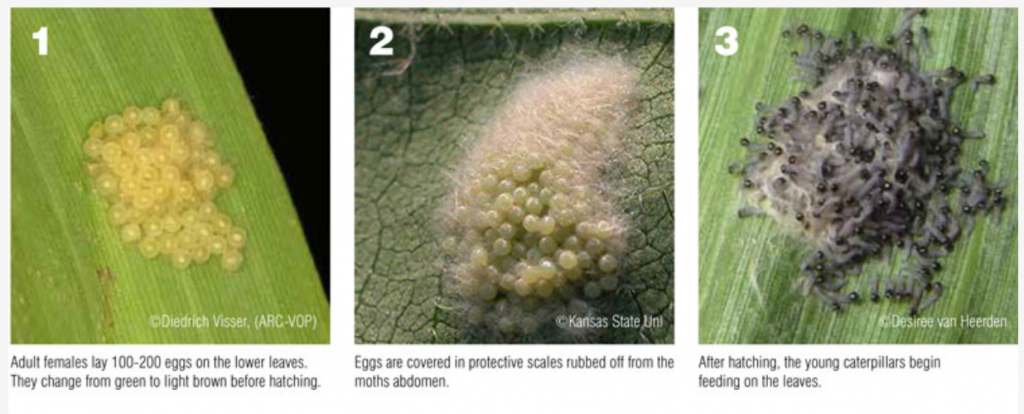
Fig. 4. Biology of the fall armyworm. Photos courtesy of *cripts.farmradio.fm/radio-resource-packs/107-farm-radio-resource-pack/backgrounder-fall-armyworm/
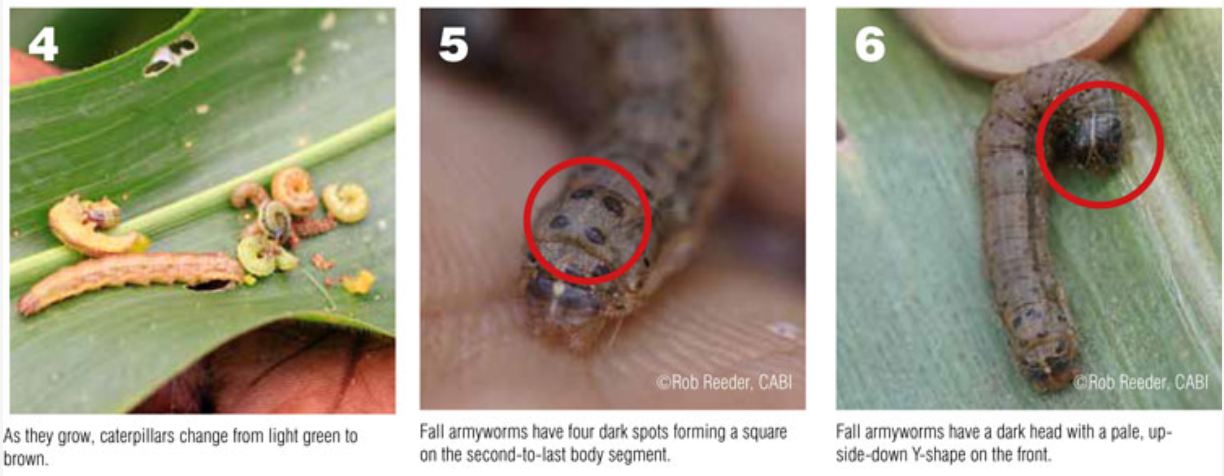
Fall armyworm can feed on a number of different host plants, but prefers grasses, small grains, corn, and sorghum.
Control
Insecticides recommended for control include most pyrethroids (such as bifenthrin, lambda-cyhalothrin, as active ingredients, and some commercial formulations such as Mustang Max, Baythroid XL, etc.), the carbamate (Lannate LV) and many of the more selective (lepidopteran-targeting) insecticides such as the diamide Prevathon, Coragen, Acelepryn, Besiege (as commercial formulations), indoxacarb products like Steward, Avaunt eVo, Provaunt, spinosad products such as Blackhawk, Tracer, Matchpoint, and additional insecticides such as Radiant, Intrepid Edge, as well others. Consult the relevant Pest management Guide for specific recommendations on the various commodities. Please note that control of large larvae is sometimes difficult with any insecticide. Link to the VCE Pest Management Guides for Field Crops, Vegetables, and Turf are provided below. On turf, we have gotten very good control of FAW larvae with pyrethroids, which are also one the cheaper insecticide options.
Links to Pest Management Guides https://resources.ext.vt.edu/
Turf:
Field Crops:
Vegetables:
Sources
http://entnemdept.ufl.edu/creatures/field/fall_armyworm.htm
Luginbill P. 1928. The fall armyworm. USDA Tech. Bull. No. 34.

